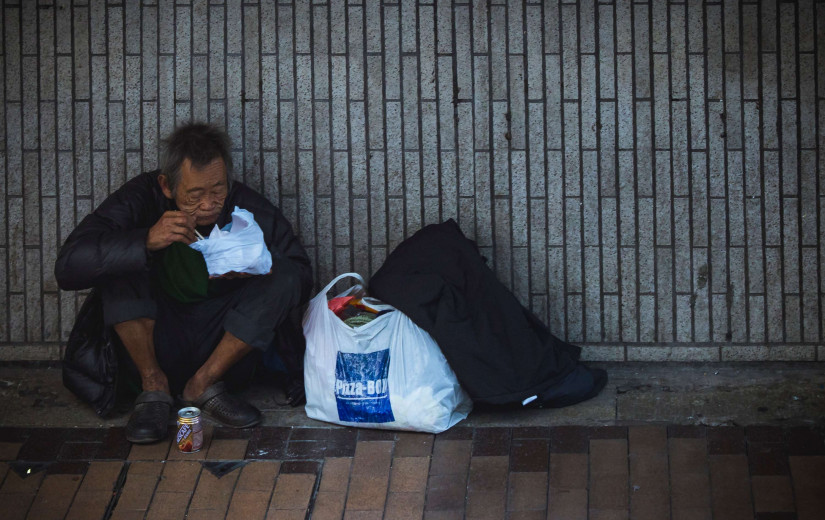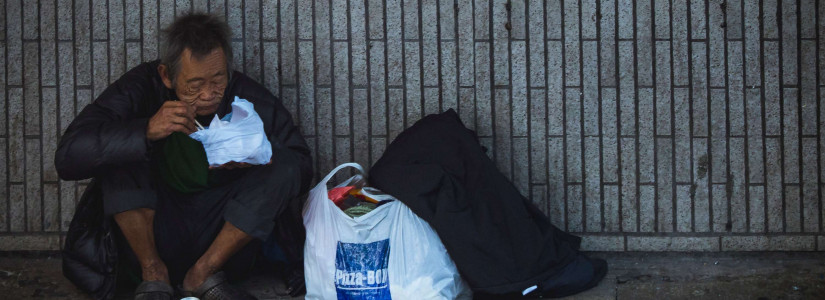One Year Since the Pandemic Began. What Do We Know Now That We Didn't Then?
It has officially been one year since the World Health Organization (WHO) declared the COVID-19 global pandemic. Since that time, the world has been turned upside-down with over 2.6 million deaths attributed to the virus on a global scale. While there are still a lot of questions about COVID-19, health experts have also learned an incredible amount of information about the deadly virus and how to best beat it. Here is a look at what we have learned in the last year, as well as what we still need to understand.
Why Are Kids Less Affected
If there has been any silver lining in this health crisis, it is that children have been spared the worst effects of the virus. The overwhelming majority of the fatalities and reports of serious illness have been recorded in the older populations. Children between the ages of 5 and 17 years make up less than 10% of all confirmed cases of the virus in the US. While it is clear that children have escaped the most violent consequences of the virus, health experts are still not entirely sure why this is the case.
Advances in Treatments and Medications
In the early days of the pandemic, healthcare professionals were understandably unsure how to best treat the virus. During the first few months, most doctors rushed to put struggling patients on ventilators. As more data came out about the virus, it became clear that a ventilator should be the last resort.
Additionally, new medications have emerged to show promise in stopping the progression of the illness. Doctors have leaned on everything from steroids to antiviral drugs to antibody infusions in an effort to treat the virus and prevent serious complications.
Understanding Long Haulers
One of the most curious aspects of this particular virus is the significant amount of patients that go on to be long haulers. Most people recover from the virus in about two weeks with six weeks being the top end of the recovery process. However, approximately 10% of COVID-19 patients go on to be what medical experts have dubbed as long haulers.
Doctors are still confused about this phenomenon and why some people seem to be more susceptible to the long-term effects. What is most mystifying is that some of these patients only experienced mild symptoms after testing positive. Other patients were completely healthy with no pre-existing condition prior to contracting the virus.
Long haulers display a variety of symptoms, including lingering headaches, nausea, and loss of taste and smell. Many long haulers report being in a fog and not being able to gain mental clarity. Also interesting is the fact that some long haulers have just one symptom while others have dozens.
Public Messaging
Nobody will argue that the public messaging during the early days of the pandemic was dismal. Because they knew they needed to conserve the use of personal protective equipment so that healthcare workers had ample access to the supplies, many government officials sent the message that masks were not effective at stopping the spread of the virus. As a result, many members of the public dismissed this preventative measure from the beginning.
It took the Centers for Disease Control and Prevention (CDC) until July to fully endorse the use of masks. Unlike many other countries, the US never had a nationwide mask mandate.
Looking Ahead
There is no doubt that hope is on the horizon. The distribution of vaccines has surged just in the last few weeks. As of March 11, just over 10% of Americans have been full vaccinated with millions more already receiving one dose.
However, experts caution that now is not the time to step off the brakes. Moving forward, it is important to note that the virus is still evolving. The threat of new variants and the hesitancy of many to get vaccinated may slow the progress of controlling the virus. While there is certainly reason for optimism, it is important to learn from the mistakes of the past, implement the new knowledge about the virus, and move forward in productive ways.

















